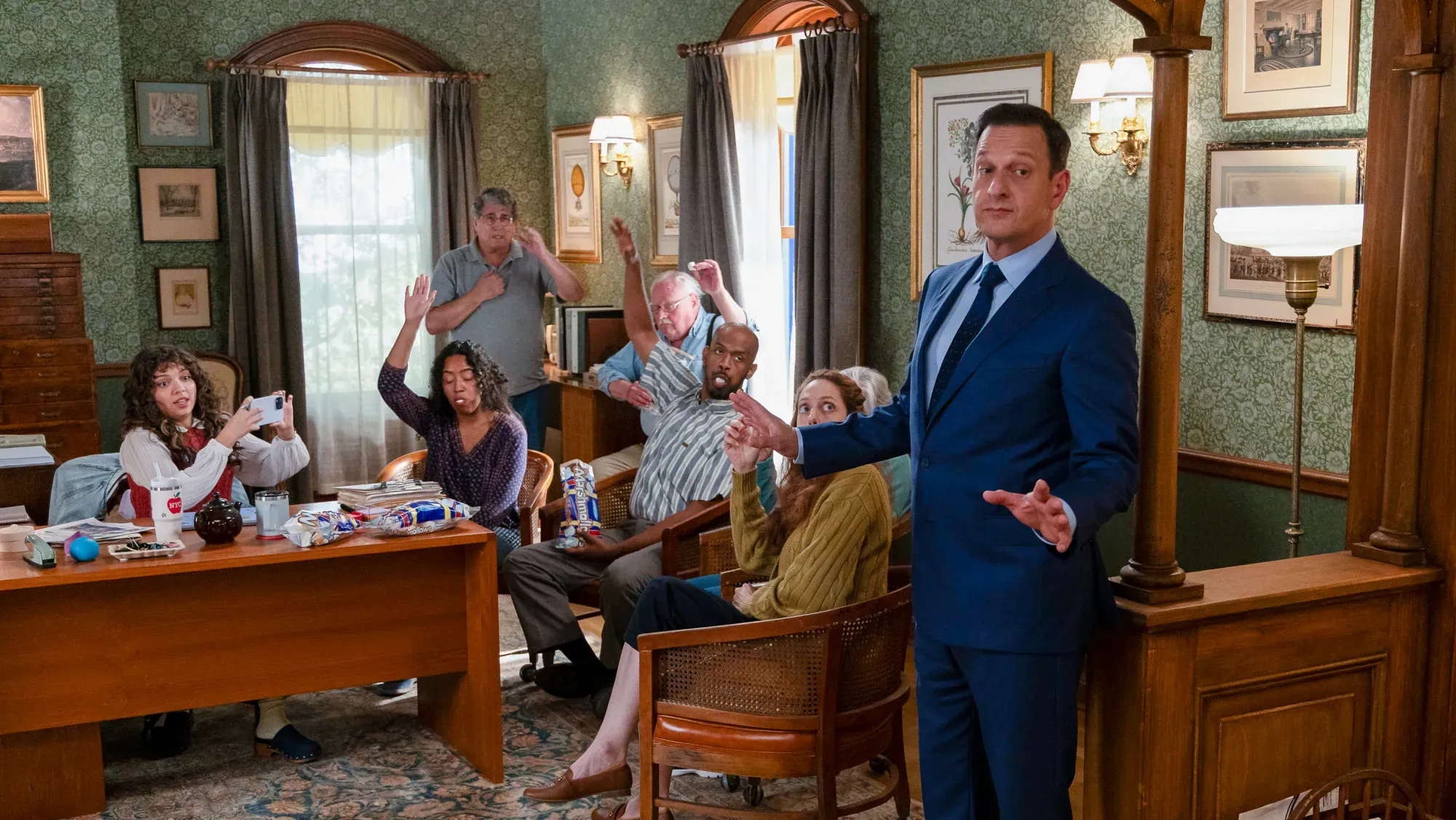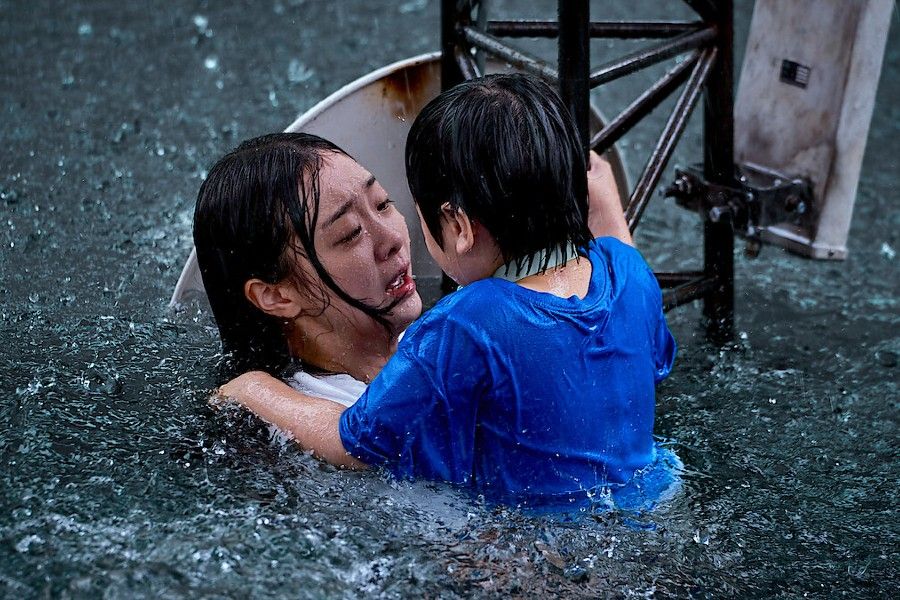
Frybread Face and Me (2023) - Movie Review
- Nov 27, 2023
Growing up, my childhood summers were spent at my grandparents' home in South Texas. It was there, amidst the fragrance of tomato plants and the earthy aroma of the root cellar, that I learned the value of simplicity and self-sufficiency. My grandmother's knack for transforming garden vegetables into orderly jars of preserved food left a lasting impression on me. This same sense of connection to one's roots and the tranquility it brings is poignantly depicted in the Indigenous-focused coming-of-age film “Frybread Face and Me.”
The story centers around Benny (Keir Tallman), a young boy who, having grown up in San Diego, finds himself disconnected from his Navajo (Diné) heritage. In a sudden twist, Benny's summer of 1990 is upended when his parents send him to Arizona to live with his grandmother Lorraine (Sarah H. Natani) on the reservation. Fluent only in her native language, Lorraine's choice to reject English is a stand against the colonizer's influence. Benny, initially upset about missing a Fleetwood Mac concert, is thrust into a world vastly different from his urban life.
In this unfamiliar environment, Benny forms a bond with his cousin Dawn (Charley Hogan), nicknamed Frybread Face for her round, greasy complexion. Their relationship starts off rocky, given Benny's ignorance about their culture and inability to speak Navajo. Yet, as the summer progresses, a deep understanding and acceptance blossom between them.
The film, directed and written by Billy Luther, subtly explores LGBTQ+ themes. It portrays Benny’s struggle with traditional Diné masculinity and includes a scene where he and Fry dance in women’s traditional attire. The narrative respects Benny's journey of self-discovery, offering him the space to explore his identity without pressure.

"Frybread Face and Me" unfolds its story with a serene touch, giving profound weight to simple moments. The film’s setting in the late 20th century is reminiscent of the blend of Americana and specific cultural dynamics seen in Eddie Huang’s “Fresh Off the Boat.” Moreover, the film's humor and unique characters, reflective of Taika Waititi’s influence, bring a delightful quirkiness to the narrative.
Supporting characters, like the quirky aunts and macho uncles, add charm to the film. However, it's the quiet scenes that truly resonate. One such scene, showcasing Lorraine, Fry, and Benny selling weavings, poignantly highlights the Diné people's connection with their land and history. Natani, in her debut film role and a real-life Navajo weaver, beautifully blends life and art, especially in scenes where she teaches the craft to her grandchildren.
While the film skillfully uses subtlety in many aspects, such as increasingly incorporating Navajo language through subtitles as Benny learns more, it occasionally resorts to overt sentimentality in its music and voiceover narration. These moments seem to underline the emotional weight of the story, perhaps overly so.
Nonetheless, the film's minor flaws are easily overshadowed by Luther's evident deep affection for his heritage and family. The inclusion of home video footage confirms the story's semi-autobiographical nature. Luther, a member of the Navajo, Hopi, and Laguna Pueblo tribes, shares his personal memories and cultural heritage with a heartfelt generosity and love. From the simple joys of pickles in a bag to the endurance of cultural traditions, "Frybread Face and Me" is a touching tribute to one's roots and the journey of finding oneself through them.







